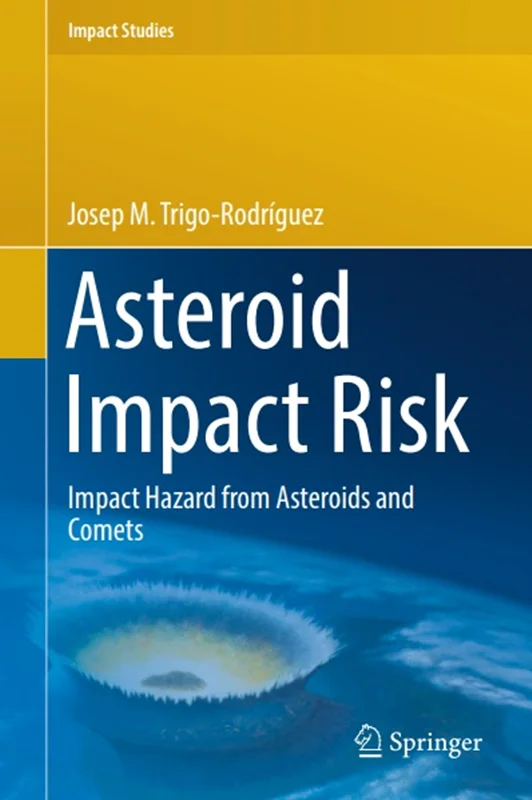Asteroid Impact Risk: Impact Hazard from Asteroids and Comets
Josep M. Trigo-Rodríguez, 3030951235, 978-3030951238, 9783030951238, B09V2D1WF2
English | 2022 | PDF | 5 MB | 137 Pages
This book describes the complexity of impact hazards associated with asteroids and comets. The challenge in this regard lies in the heterogeneous nature of these bodies that endanger our planet, which is why we are conducting new experiments to better understand their unique physicochemical properties. Several generations of astronomers have tracked and mapped the orbits of asteroids and comets over the past few centuries, and telescopic surveys have only begun to discover “new” interstellar objects. In addition, cutting-edge software allow our computers to combine the orbits of these elusive bodies to study how they evolve over time and seek to match asteroid complexes as fragments of asteroidal and cometary disruptions.
Impact hazards represent one of the greatest threats to the survival of human beings in the medium term. Geological studies show that the stratigraphic record holds clear geological evidence of these rare but transcendental encounters in the history of life on our planet. The study and quantification of past catastrophes can give us clues to face future challenges in the form of potential impacts.
Further, it would be illogical to assume that Earth’s interaction with space is limited to major impacts. Every night, Earth is struck by millions of particles, and dozens of meteor showers occur around the globe every year. The study of lake and ocean sediments reveals the magnitude of the continuous contribution of interplanetary matter reaching Earth: roughly 100,000 tons per year.
Accordingly, the goal of this book is to underscore the need for society-wide awareness of the dangers associated with asteroid and comet impacts, on the basis of scientific evidence and with no intention of sparking alarmism. After all, we ourselves may only be the fruit of an opportunity given to mammals sixty-five million years ago to evolve after the conflagration that would be the downfall of the dinosaurs. If we have learned to read Earth’s geological history, we should consider ourselves a very fortunate species, and its teachings should equip us to face this problem.
The also book emphasizes the role of space missions to gain insights on these bodies, particularly describing the relevance of the DART (NASA) and Hera (ESA) missions to deflect and study Dimorphos, respectively, the small satellite of the Didymos binary asteroid .

